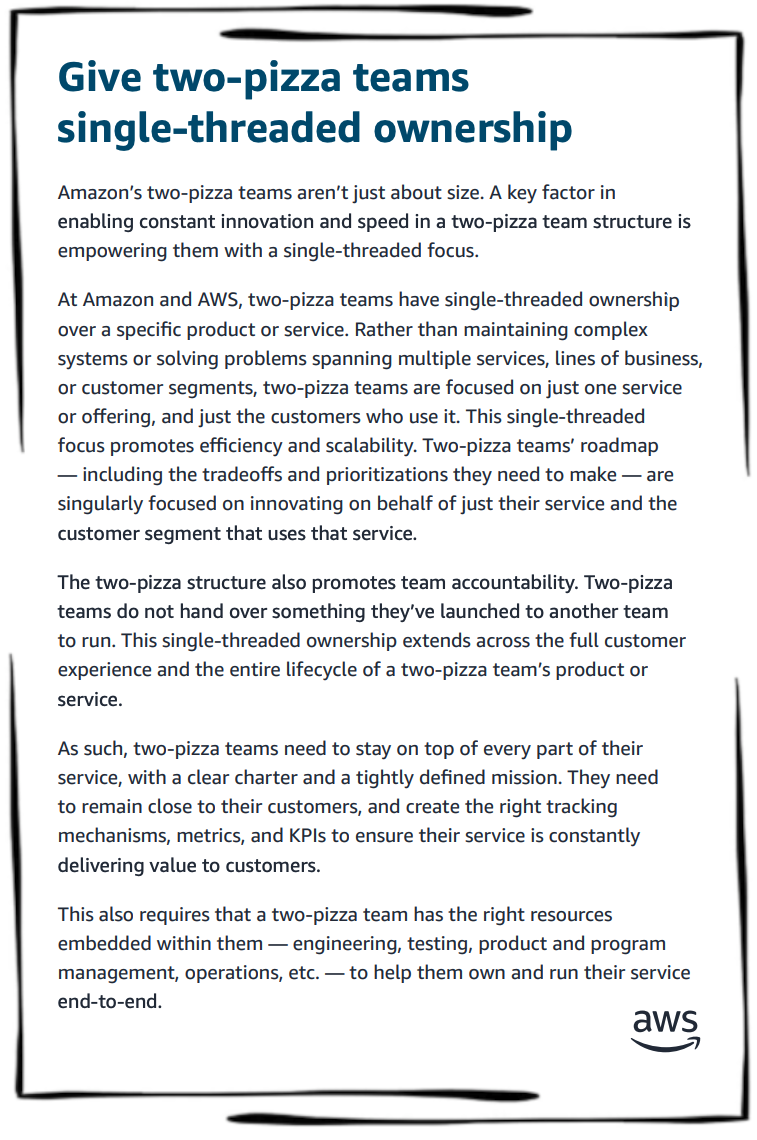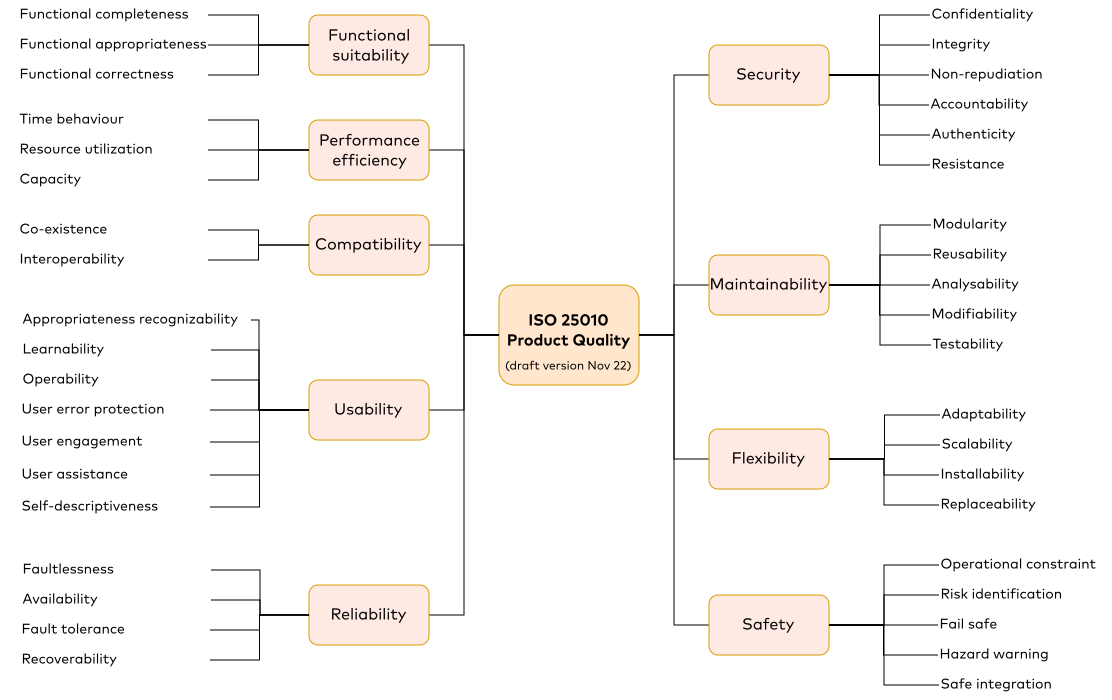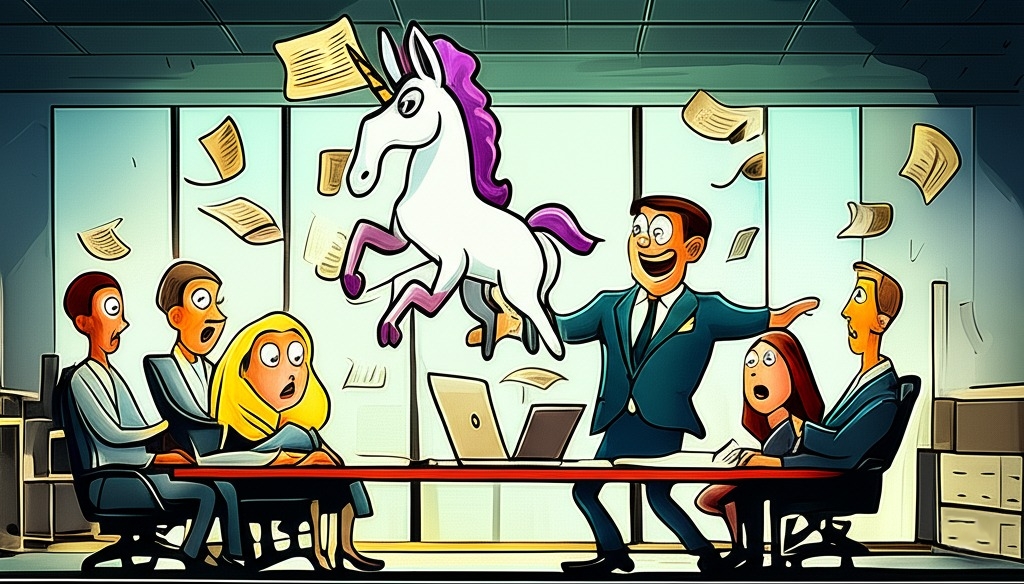Speed to market and product-market fit steal the spotlight on the topic of startups and product development, yet team dynamics often go unmentioned. What used to be a year long slog to launch has now shrunk to a frantic quarter or month, but does this mean new products and services have a better chance of success? It’s a race that gets everyone’s pulse racing for sure, but it’s only half the story.
When driving, steering wheel movements have a larger impact at high speeds compared to slow speeds. Projects are the same, where the team is in effect the steering wheel. The faster the project moves the more important it is to have aligned teams. Business development targets a market the product or service is not really designed for causing sales to stumble at closing, or worse, a sale closes under a different set of attributes than the product or service was designed and built around and the paradoxical unicorn product or service is expected to deliver everything, yet ultimately is too stretched to deliver anything.
What really makes a difference? Getting cross-functional teams in sync, or in other words team harmony. That’s where AWS’s two-pizza team concept comes in, small teams owning the end-to-end with a clear charter and a tightly defined mission1.
 Amazon AWS Two Pizza Team
Amazon AWS Two Pizza Team
System quality attributes are the secret sauce that help in setting such a charter and ensure team members no matter their background are aligned, heading in the same direction to increase the probability of success.
Building on my earlier article on the importance of systems thinking, system quality attributes empower teams to understand the “why” behind every call, not just the “what”. Knowing the “why” helps everyone articulate the value proposition and identify if the right thing is being built or the right customers are being reached.
What Are System Quality Attributes?
System quality attributes are the characteristics that define how well a system performs beyond its basic functions. These include reliability, usability, security, performance, maintainability, scalability, availability, interoperability, and observability, among many others. They ensure a system meets user needs and business goals, impacting everything from user experience to operational efficiency.
The ISO 25000 standard, part of the SQuaRE (System and Software Quality Requirements and Evaluation) series, provides a robust framework for evaluating these attributes and while they are focused on the technical side, these attributes serve as a common language, aligning cross-functional teams to deliver, sell and support products and services that match customer expectations.
Why System Quality Attributes Require Strategic Alignment
System quality attributes might sound like an engineering headache, and like a juggling act the more you have to juggle the harder it gets, but what a lot of people miss is they’re the backbone of the company’s success, driving user trust, operational resilience, and financial viability across all levels, from code to strategy. But here’s the catch, rarely are they communicated outside an engineering team or department.
Owning deliverables is one thing, but breaking down silos is a whole other challenge. A first step is ensuring everyone understands what the product or service is and why a particular approach has been or will be taken in it’s development. If the organisation is sales-driven then it’s business development and sales responsibility to relay the attributes most relevant for that prospective client. Product-driven organisations need to have the product and engineering teams define the attributes and ensure business development and sales appreciates them and targets the most relevant potentials. Neither approach is ideal but which ever approach is taken there needs to be reviews to ensure alignment continues.
Here’s some examples as to what this means in practice:
Reliability means engineering does what it can to keep performance steady. Business development finds e-commerce platforms needing nonstop transactions, logistics firms relying on smooth supply chains, educational institutions wanting stable learning tools, and SMEs banking on dependable systems. Marketing pushes the reliability angle, sales seals the deal with that promise, and support dodges extra tickets. Reliability is a tough one to deprioritise but some sectors are more forgiving than others such as social media, and gaming.
Usability calls for engineering to implement intuitive designs, from seamless checkouts for e-commerce, easy learning portals for education, slick tracking for logistics, or sharp CRMs for SMEs. Business development spots where ease matters most, marketing spins engaging stories, sales speeds up adoption, and support skips the basic queries. Making usability king over, say, scalability, targets user-friendly zones like education or SMEs, while sidelining it veers towards clients that prefer function over form.
Security is designed as a series of layers by engineers to protect against attacks and data breaches. With security top on the list business development chase financial institutions needing tight transaction security, legal firms guarding client data, and Fortune 500 companies who put customer data protection number one on their list. Marketing builds trust with the security pitch, sales tackles compliance worries, and support handles incidents. If security isn’t aligned as a top priority based on customer needs, the market swings from high-stakes sectors to low-regulation zones, maybe social media companies or influencers, and gaming sites.
Performance, tuned by engineering for speed, lets business development aim at media companies craving fast content delivery, low latency trading, manufacturing plants of high volume widgets wanting real-time monitoring, and e-commerce platforms hungry for quick page loads. Marketing hooks with performance boasts, sales wins by the stats, and support cuts complaint loads. Prioritising performance over availability targets speed-sensitive markets, while ignoring it needs a shift of focus to latency-tolerant sectors.
Maintainability gives engineers room to tweak systems it may seem this is a purely internal attribute but it really isn’t. Business development can hunt for partnerships where their needs are most likely to change over time, automotive with new models, renewable energy with evolving tech, and consulting firms refining tools over the long term. Marketing sells the future-proof vibe, sales promises cost-effective upgrades, and support skips maintenance headaches. Betting on maintainability targets long-term clients while skipping it leans to clients who care more about the short-term and are fine if after launch upgrades takes months rather than days.
Scalability pushes engineers to think big ready to scale up or down when needed, often times teams over optimise for this far too early but in some sectors it’s necessary. Business development may want to focus on large online education platforms, high bandwidth communication providers, or high volume exchanges. Marketing hypes the growth potential, sales bags big contracts, and support gears for demand surges. A scalability focus means growth markets, while neglecting it means looking for clients that are either smaller or have consistent demands.
Availability often confused with reliability is about how often the system is operational and accessible, it’s an engineering must for telecoms, medical, military, and air traffic control. Business development pitches the most strict operational needs, marketing advertises the uptime, sales locks in MOUs and LOIs, and support skips downtime dramas. If this isn’t a focus there are sectors that have regular scheduled downtime, in banking for example midnight upgrades, renewable energy perhaps during the night for solar or windless days, or even the coffee shop that’s closed after 8pm. If availability is not a key focus then high-stakes clients should certainly be off the list.
I’ll stop with the examples but hopefully the point is clear - System Quality Attributes matter!
Which Systems Quality Attributes To Pick?
There’s over 40 system quality attributes2 and picking the winners is tough. Standards such as ISO 25000 can help by providing a nested framework to comprehend this complexity.
 ISO 25010 Quality Model
ISO 25010 Quality Model
There are trade-offs though and each must be understood by the whole team to appreciate the implications. Selling to a client whose needs aren’t aligned with the prioritised attributes is a fast track to failure. Don’t just hope the client says yes, if they’re looking for the type of product or service you’re offering but have a different set of system quality metrics, it’s a non starter. Hope isn’t a business strategy.
It’s important to realise that as with many things in a company, system quality attributes are not set in stone. As business goals shift, as market feedback comes in, it may be necessary revisit and tweak which attributes should be in focus. Regular check-ins keep everyone fresh but it takes an open mindset. Depending on the existing system, changes should not be expected in a couple of days as there’s inertia that is built up that needs redirecting, but making it clear and articulating to all team members can help ensure alignment over time.
AI’s Potential to Redefine Quality
Right now, the practical cap sits at 2-3 key attributes because juggling more stretches human limits, and adding additional people just increases communication burden1
 Growing a team often causes more problems
Growing a team often causes more problems
While many panic about AI taking over jobs the most likely reality is one of greater capability with the same size team. Sure AI and agentic workflows might one day make us all obsolete, but in the near term the bigger value add will be AI that helps existing teams deliver on their chosen system quality attributes, or where a pivot to a different set is needed, AI can suggest what aspects of the system need changing and how that impacts the strategic approach for business development, sales, marketing, and support teams.
Have You Applied System Quality Metrics?
Is this a new concept for you, can you see how you might apply it in your team, or do you have your own approach to ensure the team remains aligned? Share your experiences in the comments
